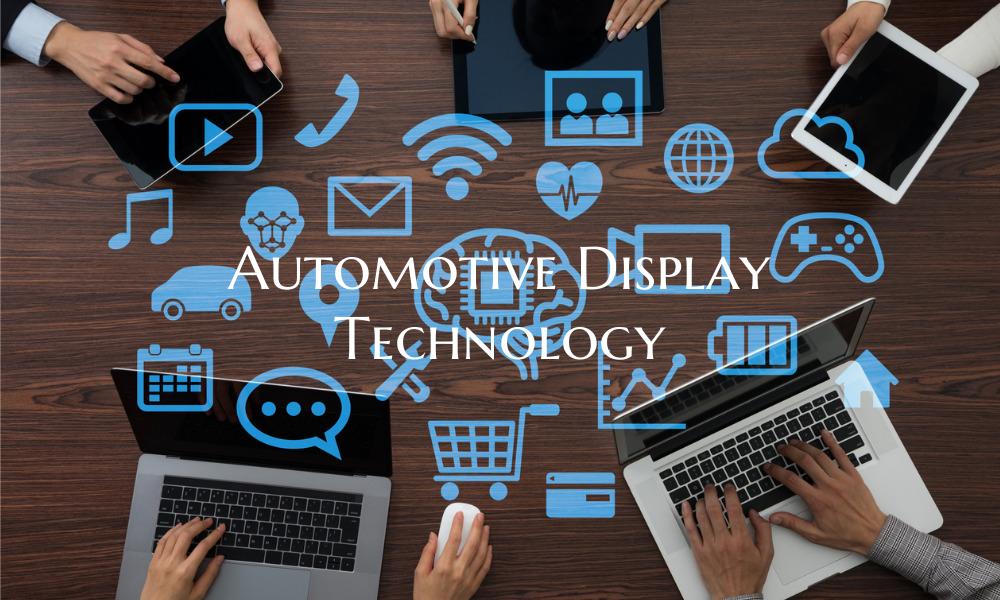Automotive Display Technology
Automotive Display Technology: Enhancing the Driving Experience
In recent years, automotive display technology has revolutionized the driving experience, offering drivers and passengers a seamless interface that merges advanced functionalities with user-friendly designs. From traditional instrument clusters to touchscreens and heads-up displays, vehicles now feature a wide range of display systems that provide crucial information while ensuring safety and convenience on the road.
One of the key advancements in automotive display technology is the shift towards digital instrument clusters. These high-resolution displays replace traditional analog gauges with customizable screens that can adapt to show various information such as speed, fuel levels, navigation directions, and even driver assistance alerts. This not only enhances visibility and readability but also allows for a more personalized and dynamic driving experience.
Touchscreen displays have also become a staple in modern vehicles, serving as central hubs for infotainment systems, climate control, and vehicle settings. These intuitive interfaces enable drivers to access a multitude of features with a simple touch or swipe, reducing distractions and keeping focus on the road ahead. Voice command integration further enhances safety by allowing hands-free operation of various functions.
Furthermore, heads-up displays (HUDs) have emerged as a valuable technology that projects critical information directly onto the windshield within the driver's line of sight. By providing data such as speed, navigation instructions, and collision warnings without the need to look away from the road, HUDs contribute to improved situational awareness and overall safety.
As automotive display technology continues to evolve, we can expect to see even more innovative features integrated into vehicles. Augmented reality displays, for example, have the potential to overlay real-time information onto the driver's view, enhancing navigation, object recognition, and overall driving experience. Additionally, curved displays, OLED technology, and increased connectivity with mobile devices are all areas of development that hold promise for the future of automotive displays.
In conclusion, automotive display technology plays a crucial role in making driving safer, more efficient, and more enjoyable. By integrating advanced displays with user-friendly interfaces, vehicles are becoming more than just modes of transportation – they are evolving into connected, intelligent spaces that cater to the needs and preferences of drivers and passengers alike. The continued innovation in this field promises an exciting future where automotive display technology will continue to redefine the driving experience.

